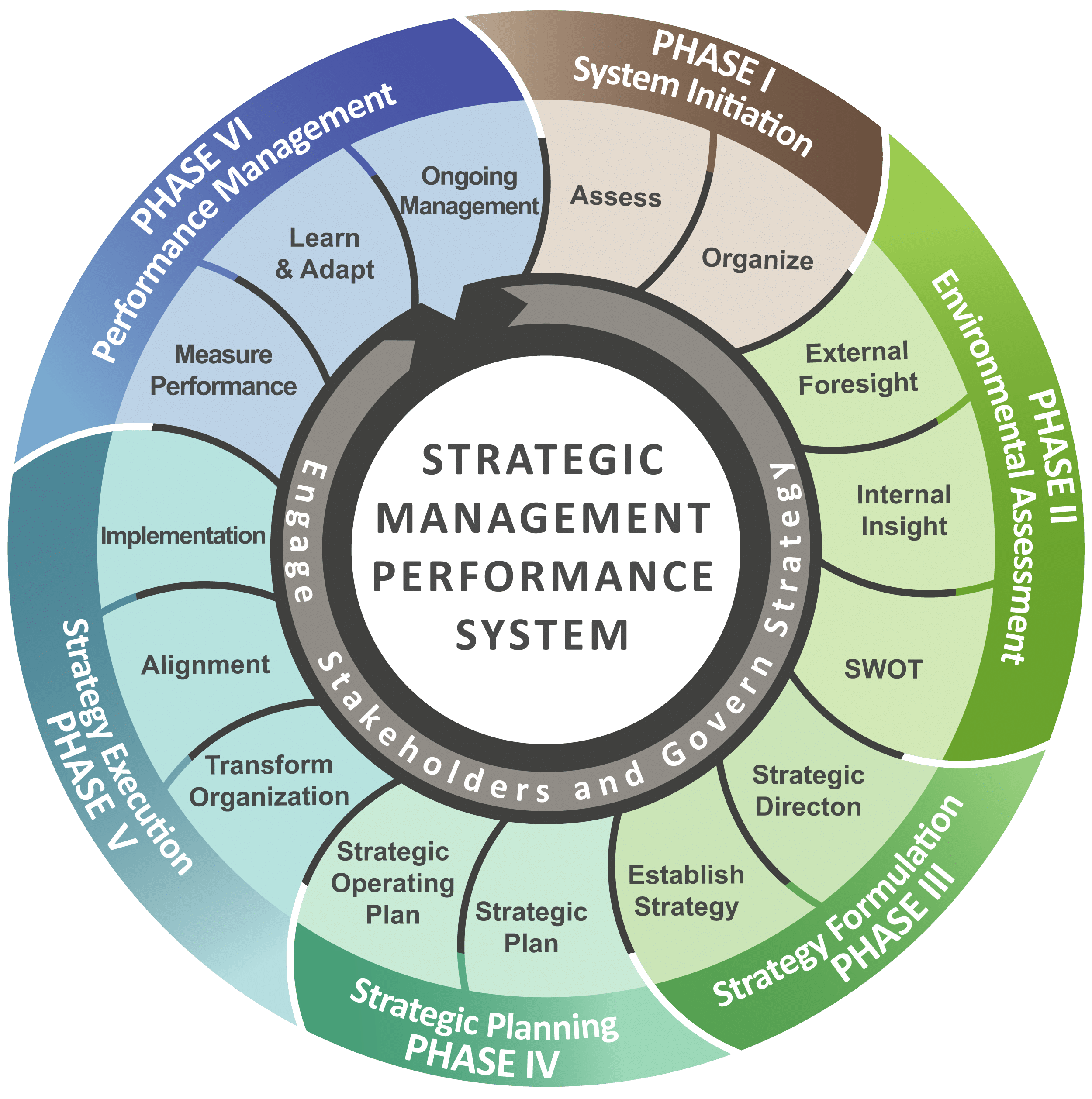:max_bytes(150000):strip_icc()/strategic-management-ADD-Source-7c12087694c9443a99743b612dd1c5d5.jpg)
Management strategies
In today’s fast-paced world, it’s easy to get caught up in the hustle and bustle. We’re constantly bombarded with information and expected to be productive 24/7. But what if we could approach management with a more relaxed mindset?
This article will explore some key management strategies that prioritize well-being and sustainable success.
1. Embrace Flexibility and Adaptability
Rigid schedules and inflexible plans can quickly become outdated in a rapidly changing environment.

Be open to change: Unexpected events are inevitable. Instead of resisting them, embrace them as opportunities for learning and growth.
2. Prioritize Employee Well-being
Happy and healthy employees are more productive and engaged.
Promote work-life balance: Encourage your team to take breaks, disconnect from work after hours, and prioritize their personal lives.
3. Delegate Effectively

Micromanaging can be detrimental to both employee morale and productivity.
Trust your team: Empower your employees to make decisions and take ownership of their work.
4. Focus on Results, Not Hours
Traditional metrics like hours worked can be misleading.
Track key performance indicators (KPIs): Focus on measurable outcomes that align with your business goals.
5. Cultivate a Growth Mindset
A growth mindset emphasizes continuous learning and improvement.
Encourage experimentation and risk-taking: Create a safe space for your team to try new things and learn from their mistakes.
6. Practice Self-Care
As a leader, it’s crucial to prioritize your own well-being.
Set boundaries: Learn to say no and avoid overcommitting yourself.
7. Leverage Technology
Technology can be a powerful tool for increasing efficiency and productivity.
Utilize project management software: Tools like Asana, Trello, and Monday.com can help you track progress, manage deadlines, and improve communication.
8. Foster a Culture of Collaboration
Collaboration can lead to innovative solutions and increased productivity.
Encourage open communication: Create a safe and inclusive environment where everyone feels comfortable sharing their ideas.
9. Celebrate Successes
Recognizing and celebrating achievements can boost morale and motivate your team.
Publicly acknowledge accomplishments: Share success stories with the entire team.
10. Continuously Learn and Adapt
The business landscape is constantly evolving.
Stay informed about industry trends: Keep up-to-date on the latest industry trends and best practices.
Conclusion
By embracing these management strategies, you can create a more relaxed, productive, and fulfilling work environment for yourself and your team. Remember to prioritize well-being, focus on results, and continuously learn and adapt. By cultivating a culture of trust, collaboration, and growth, you can achieve sustainable success while maintaining a healthy work-life balance.